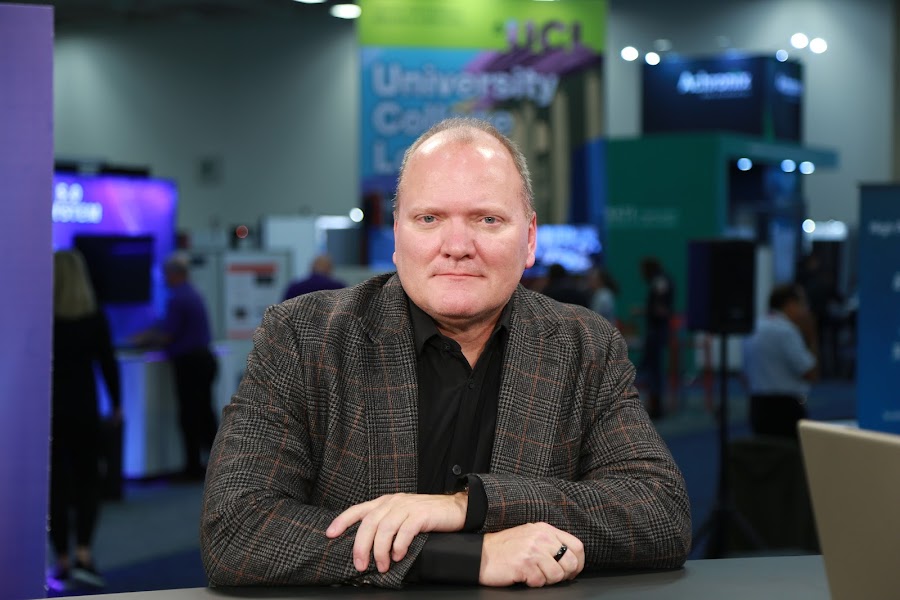 EMERGING TECH
EMERGING TECH
 EMERGING TECH
EMERGING TECH
 EMERGING TECH
EMERGING TECH
One of the messages to emerge from the Supercomputing 2022 conference in Dallas this week is that quantum computing is on the move.
Dell Technologies Inc. announced a new Quantum Computing Solution in partnership with IonQ Inc., designed to support complex workloads, such as machine learning, natural language processing and chemistry simulation. The news provides yet another example of how Dell envisions its expanding role in the high-performance computing ecosystem.
“I believe we will sell some of the solution that we announced here in the next year for people who are trying to get their feet wet with quantum,” said Jay Boisseau (pictured), HPC and AI technology strategist at Dell. “Our vision is we want to help more people use HPC to solve more problems than any vendor in the world.”
Boisseau spoke with theCUBE industry analysts Paul Gillin and David Nicholson at SC22, during an exclusive broadcast on theCUBE, SiliconANGLE Media’s livestreaming studio. They discussed specifics around Dell’s announcement and the company’s view of the future quantum computing market. (* Disclosure below.)
Dell’s approach to quantum is to create a foundation to facilitate an interface between conventional server platforms and the unique properties provided by quantum architectures. Dell’s latest solution is based on the company’s classic quantum simulator on top of PowerEdge servers, which are integrated into IonQ’s quantum services.
“We believe strongly in the future of quantum computing, and that future will be integrated with the kind of classical computing infrastructure that we make,” Boisseau said. “We know the physics, but the engineering is very difficult. It’s very difficult to build technologies that leverage quantum properties of nature in a consistent, reliable and durable way.”
Despite the challenges, a need for building highly complex models will drive quantum demand, according to Boisseau.
“If you are trying to model the orbit of the Moon around the Earth, you don’t need a supercomputer for that,” he said. “What about the stars in a galaxy, trying to understand how galaxies form spiral arms and how they spur star formation? You are talking about 100 billion stars plus a massive amount of interstellar medium. Can you solve that on a sever? Absolutely not.”
Here’s the complete video interview, part of SiliconANGLE’s and theCUBE’s coverage of the SC22 event:
(* Disclosure: TheCUBE is a paid media partner for the SC22 event. Neither Dell Technologies Inc., the main sponsor for theCUBE’s event coverage, nor other sponsors have editorial control over content on theCUBE or SiliconANGLE.)
Support our mission to keep content open and free by engaging with theCUBE community. Join theCUBE’s Alumni Trust Network, where technology leaders connect, share intelligence and create opportunities.
Founded by tech visionaries John Furrier and Dave Vellante, SiliconANGLE Media has built a dynamic ecosystem of industry-leading digital media brands that reach 15+ million elite tech professionals. Our new proprietary theCUBE AI Video Cloud is breaking ground in audience interaction, leveraging theCUBEai.com neural network to help technology companies make data-driven decisions and stay at the forefront of industry conversations.